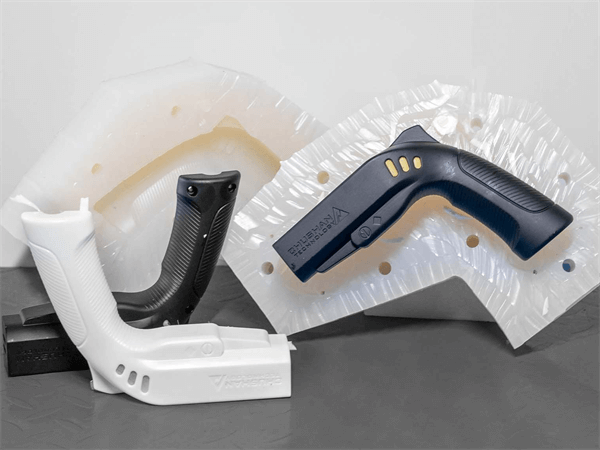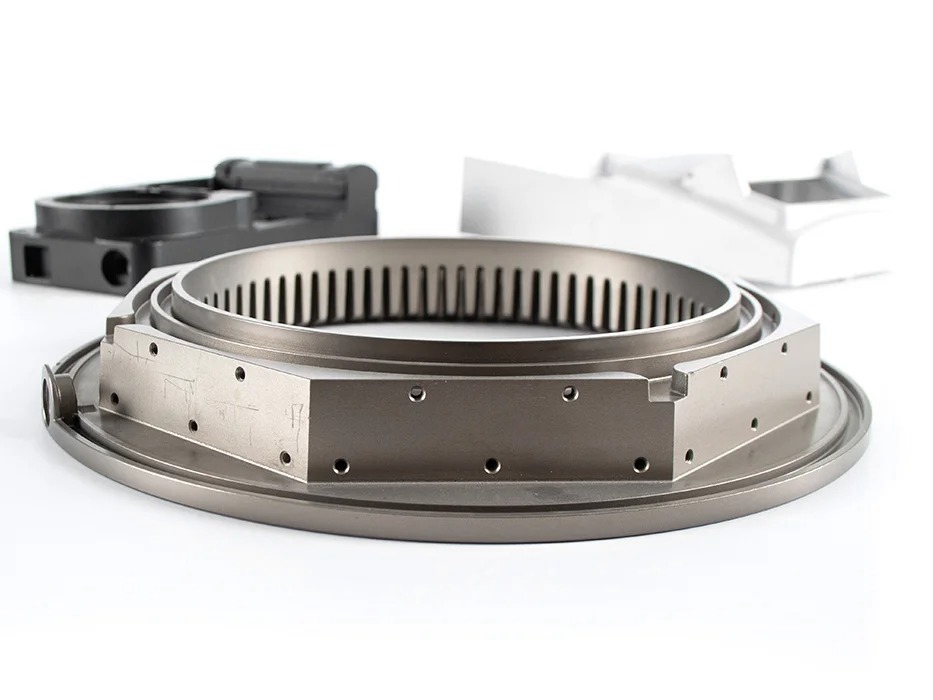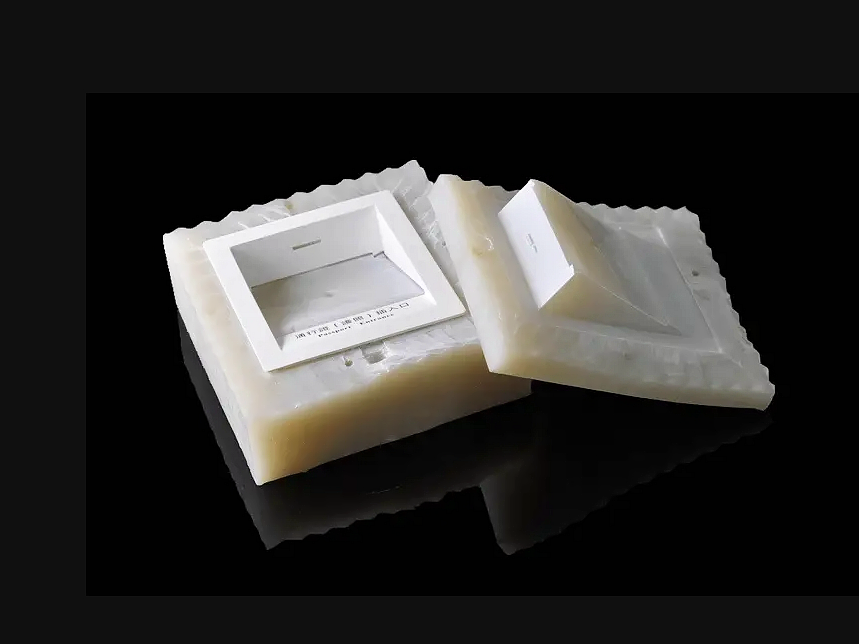What Is Rapid Molding, And How Does It Differ From Traditional Molding Processes?
Manufacturing processes have come a long way since their inception, with numerous advancements enabling the creation of complex and intricate products. One such evolution is the advent of rapid molding, a cutting-edge manufacturing technique that has revolutionized the production landscape. In this article, we will delve into the concept of rapid molding service, exploring its principles, methodologies, and how it differs from traditional molding processes.

Understanding Rapid Molding
Rapid molding, also known as rapid tooling or rapid injection molding, is a modern manufacturing method aimed at expediting the production of high-quality prototypes, low-volume parts, and even some moderate-volume production runs. It combines the benefits of rapid prototyping techniques with the established processes of traditional injection molding. The primary objective of rapid molding is to reduce lead times, costs, and complexities associated with traditional molding while maintaining high precision and product quality.
Key Principles of Rapid Molding
Speed: As the name suggests, rapid molding emphasizes speed. It streamlines the tooling and production processes, enabling the creation of molds and parts in significantly shorter timeframes than traditional methods. This agility is particularly valuable in industries characterized by fast product development cycles.
Cost Efficiency: Traditional injection molding often involves expensive tooling and setup costs, making it impractical for low-volume production. Rapid molding mitigates these costs by utilizing additive manufacturing technologies for mold fabrication and reducing the need for extensive manual intervention.
Flexibility and Design Iteration: Rapid molding allows for rapid design iterations and modifications. Since the tooling process is expedited, designers and engineers can quickly assess and refine their designs, making it an ideal choice for projects that require frequent design changes.
Complex Geometries: Traditional molding processes may need help with complex and intricate part geometries. Rapid molding, however, leverages advanced mold fabrication techniques, such as 3D printing and CNC machining, to efficiently produce molds that can accommodate complex shapes.
Materials and Properties: Rapid molding is compatible with various materials, including thermoplastics and elastomers. This versatility enables manufacturers to choose materials that best suit their product's requirements.
Methodologies of Rapid Molding
Rapid molding encompasses several methodologies, each tailored to different production needs. These include:
3D-Printed Molds: Additive manufacturing technologies, such as stereolithography (SLA) and selective laser sintering (SLS), create molds for rapid molding. While these molds might not have the longevity of traditional metal molds, they are well-suited for producing small batches of parts quickly and economically.
CNC-Machined Molds: Computer numerical control (CNC) machining fabricates molds from various materials, including metals and plastics. CNC-machined molds offer excellent durability and can produce higher volumes than 3D-printed molds.
Hybrid Approaches: Some rapid molding processes combine additive manufacturing and CNC machining to capitalize on the benefits of each technique. For instance, a mold may be 3D-printed with channels and cavities and then finished with CNC machining for precision.
Differences from Traditional Molding Processes
Rapid molding differs from traditional molding processes in several key aspects:
Lead Time: Traditional molding often involves longer lead times due to the time required for tooling design, fabrication, and testing. Rapid molding significantly reduces lead times by employing faster mold fabrication methods.
Cost: Due to high tooling costs, traditional molding can be cost-prohibitive for low-volume production. Rapid molding reduces upfront costs, making it more feasible for smaller production runs.
Design Iteration: Rapid molding allows quicker design iterations and modifications, which is more challenging and expensive than traditional molding.
Complexity: Rapid molding excels at producing parts with complex geometries, which can be challenging for traditional molding methods.
Materials: While both processes offer material flexibility, traditional molding may have a broader range of material options due to the constraints of specific rapid molding techniques.
Volume: Traditional molding is better suited for high-volume production, whereas rapid molding is optimized for low to moderate production volumes.
Conclusion
Rapid molding stands as a remarkable advancement in the manufacturing industry, combining the speed and flexibility of rapid prototyping with the precision and material options of traditional molding. Its ability to deliver high-quality parts quickly and cost-effectively has made it an indispensable tool for industries requiring swift product development and low-volume production. Rapid molding techniques will become even more sophisticated as technology evolves, further blurring the lines between traditional and rapid manufacturing processes.
Neway's Rapid Molding Service
Neway provides innovative rapid molding utilizing the latest techniques like 3D printing, CNC machining, and hybrid molding approaches. Their advanced solutions enable quick fabrication of molds and parts for prototyping and low-volume manufacturing. Neway's processes emphasize speed, flexibility, and cost efficiency compared to traditional molding. Companies benefit from shorter lead times to accommodate fast product development cycles. Neway's additive and CNC manufacturing expertise allows them to iterate designs rapidly while producing complex, high-quality parts.



